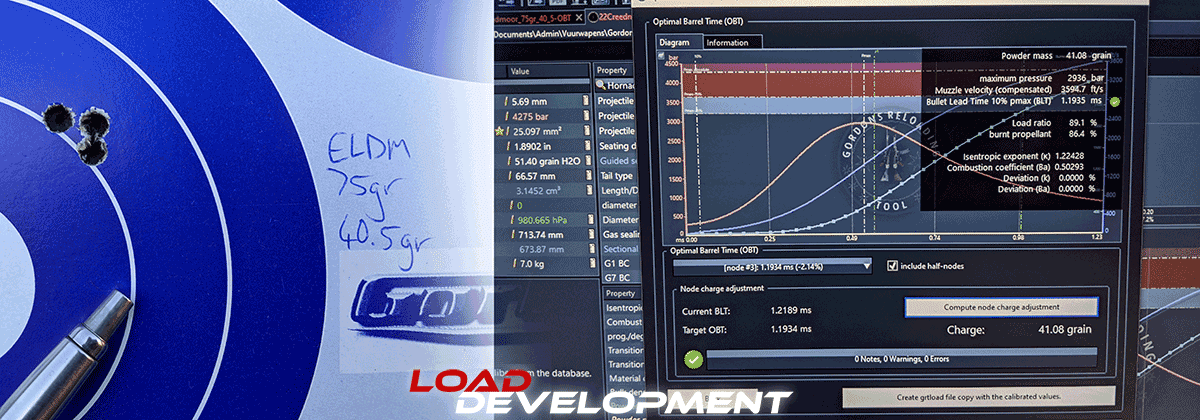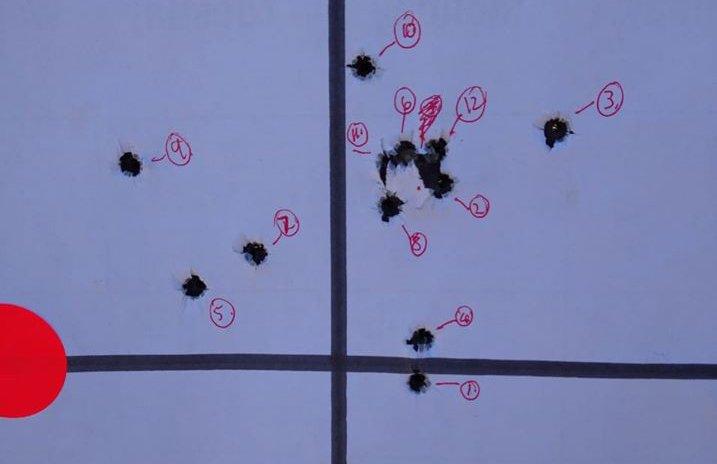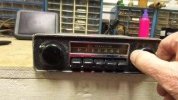If you are anywhere close to the right powder for cartridge/bullet, then seating depth is bigger to results.
So when you calibrate anything, you first make your coarse adjustments, before moving onward to finer adjustments. Right?
With an old radio you press the coarse radio buttons to get near a station, and then you use the tuning dial to lock in a station.
View attachment 448682
Seating represents the coarse setting buttons, The fine dial is powder (right to the kernel).
Let's say you're looking for THE strongest station.
Your method has you randomly press any button once, and then dial around it until locking in a nearest station. When you find it, you think that's it, my node. And then with a bazaar thinking, you again press that random seating button, about half way, thinking you might find an even stronger station with that. Of course most of the time it just muddles up reception, and you come to the conclusion that you have to go back where you found a node earlier and stay there.
But is that really your strongest station? It just happened to be near a point you pulled out of your butt like that?
With seating first, you press every button on the radio first, and hopefully get near a couple strong stations.
From a coarse setting that seems strongest, you then fine dial in a lock on one.
You can horse around with the settings all you like, but chances are you've directly found the strongest station already.
Now you might be confident in some foreknowledge. At a bar, you heard "I always start with the 4th button from the right".
But just ask yourself: why would that be correct? For YOU?

 www.loaddevelopment.com
www.loaddevelopment.com

 www.loaddevelopment.com
www.loaddevelopment.com



